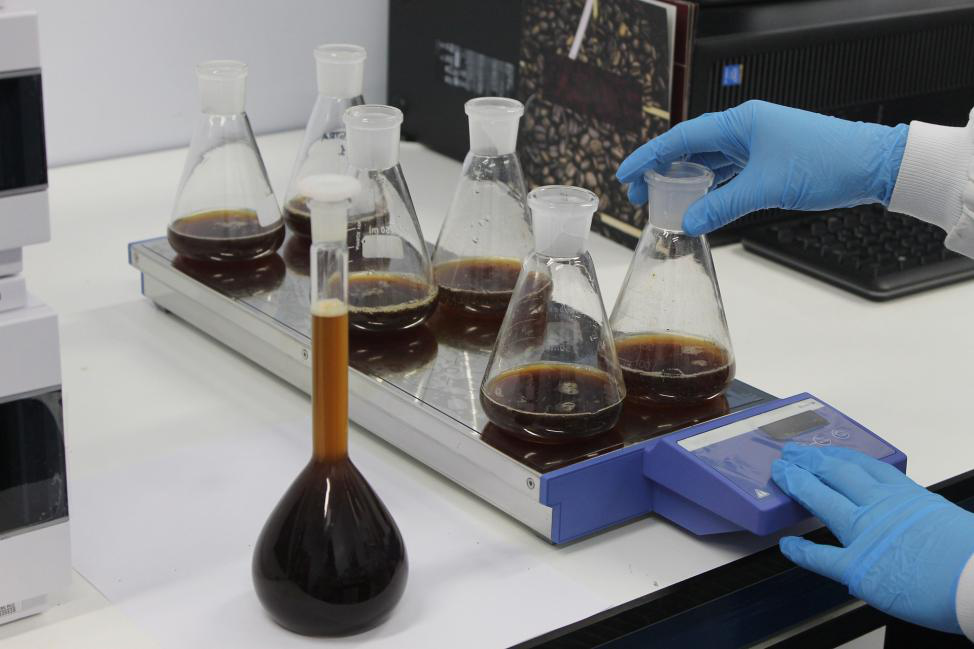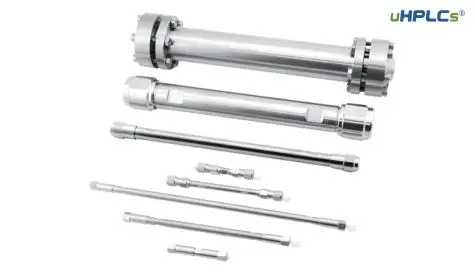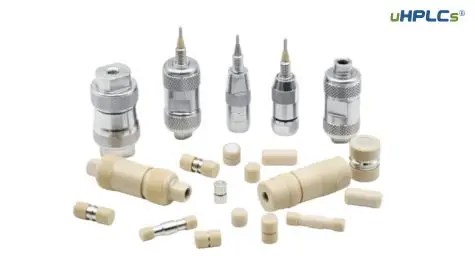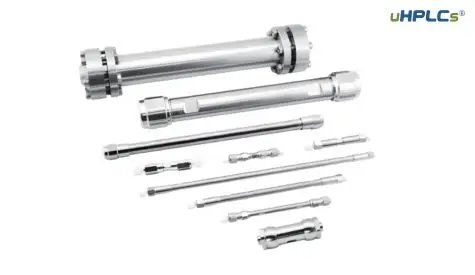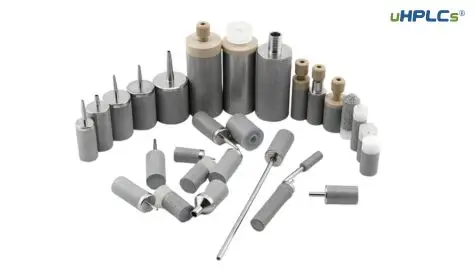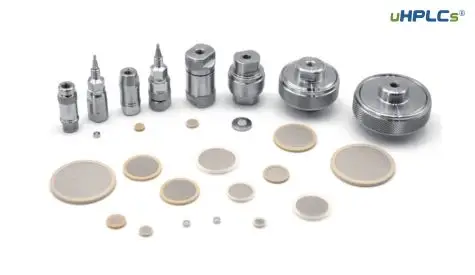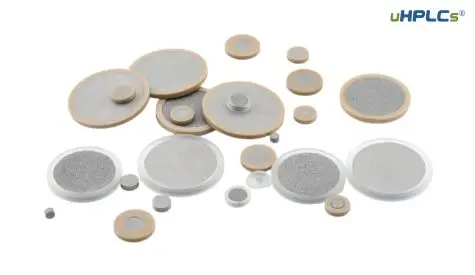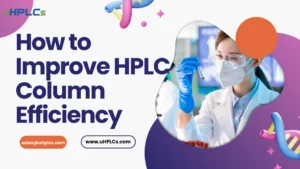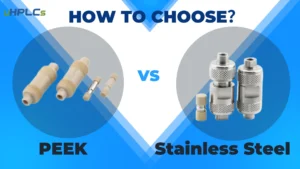Similarities between High-Performance Liquid Chromatography (HPLC) and Gas Chromatography (GC)
In the last news, we discussed “What Are The Differences Between Gas Chromatography (GC) And High-Performance Liquid Chromatography (HPLC)?” (Click here to see it ). Today, we are discussing the common function between HPLC and GC, an in-depth study of their commonality.
-
-
Common basis
Separation of a mixture’s components, identification, and quantification is the common underlying objective of both techniques. It is achieved through a choice of columns, mobile phases, stationary phases, detectors, and operating conditions.
-
-
-
Role of Mobile Phase
When using the HPLC and GC instruments, all need a mobile phase to transport the components to be detected to the detector sequentially. Although they work on the same principle, the mobile phase of HPLC is liquid; the GS is gas. Want to know more about the mobile phase? Please click it to look -at “Why Do HPLC Mobile Phase Solvents Need To Be Filtered And Deaerated? Misconceptions About HPLC And UHPLC Columns”
-
-
-
Sample analysis
GC and HPLC can analyze liquids and dissolved solid mixtures, though gaseous mixtures are also routinely analyzed using GC. Sample introduction techniques are common generally common. A gas-tight syringe is sufficient for the introduction of liquid samples. Toddler bags or auto samplings (manual or automated operation) are used for gases. In HPLC systems, the mobile phase moves under higher pressure, so direct syringe injection is impossible. A syringe is used to fill a fixed volume loop in the manual sample introduction valve, and with the change of the valve position, the entire sample inside the loop is carried by the mobile phase into the column. Autosamplers greatly help unattended operations when the number of samples is large.
-
-
-
Chromatogram
Both GC and HPLC chromatograms look similar. The retention time on the horizontal axis is characteristic, and the retention time corresponds to a substance. The electrical signal on the vertical axis corresponds to the concentration.
-
-
-
Common Application Software
Manufacturers supply common HPLC and GC application software as peak analysis and data treatment are common.
-
-
-
Instrument composition
The same instrument accessories will be used, such as injectors, chromatographic columns, and detectors. Autosamplers can be adopted to save time and labor costs when the separated ingredient is more Cumbersome. Although the HPLC and GS need to use the Chromatography column, the type of chromatographic column and the packing material are different. The gas phase includes packed and capillary columns; the liquid phase includes normal and reversed-phase chromatographic columns.
-
Both GC and HPLC are the pillar stones of chromatographic analytical laboratories. While it is important to know the differences between them, it is equally important to understand the similarities to decide on the right method for a particular application. UHPLCS Scientific Instruments Co., Ltd. is a high-tech manufacturer focused on R&D and manufactured high-quality chromatography consumables. Our strategic partners have customers in the chemical, pharmaceutical, biological, medical, food, materials, environmental protection, agriculture, inspection, scientific research, and other industries.
And we also Summarize some similarities :
- Both HPLC and GC are analytical separation techniques used to separate and quantify different compounds in a sample.
2. Both techniques involve the use of a stationary phase and a mobile phase to separate the compounds in a sample.
3. Both HPLC and GC are used in a wide range of applications, including pharmaceuticals, environmental analysis, food and beverage analysis, and forensic science.
4. In both HPLC and GC, the separation process is based on the physical and chemical properties of the compounds being separated, such as their boiling point, polarity, and size.
5. Both techniques can be used to separate complex mixtures of compounds into their individual components.
6. Both HPLC and GC require specialized equipment and expertise to perform the analysis, and both can be automated to improve efficiency and accuracy.
7. In both HPLC and GC, the results obtained are quantitative and can be used to determine the amount of each compound present in the sample.

